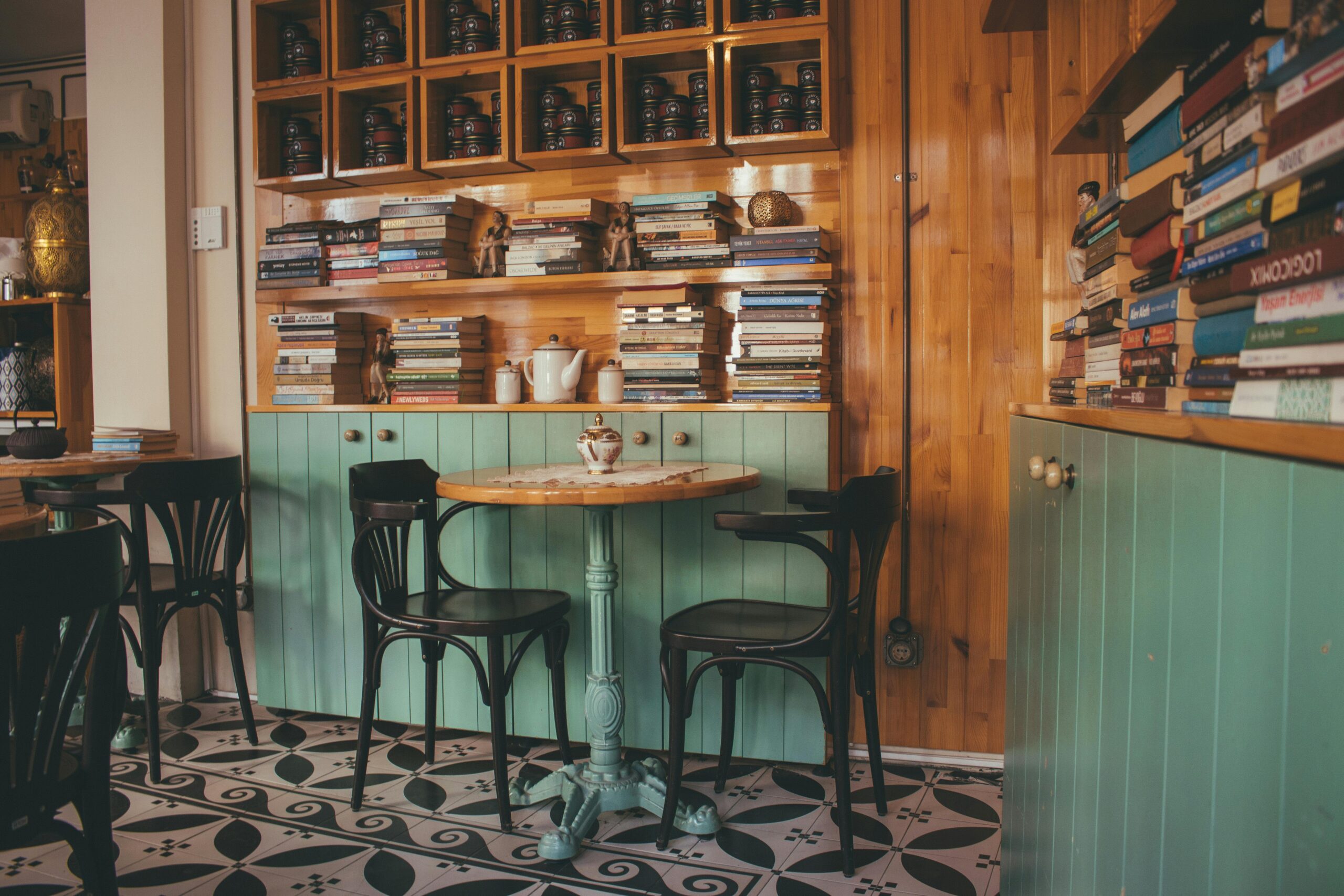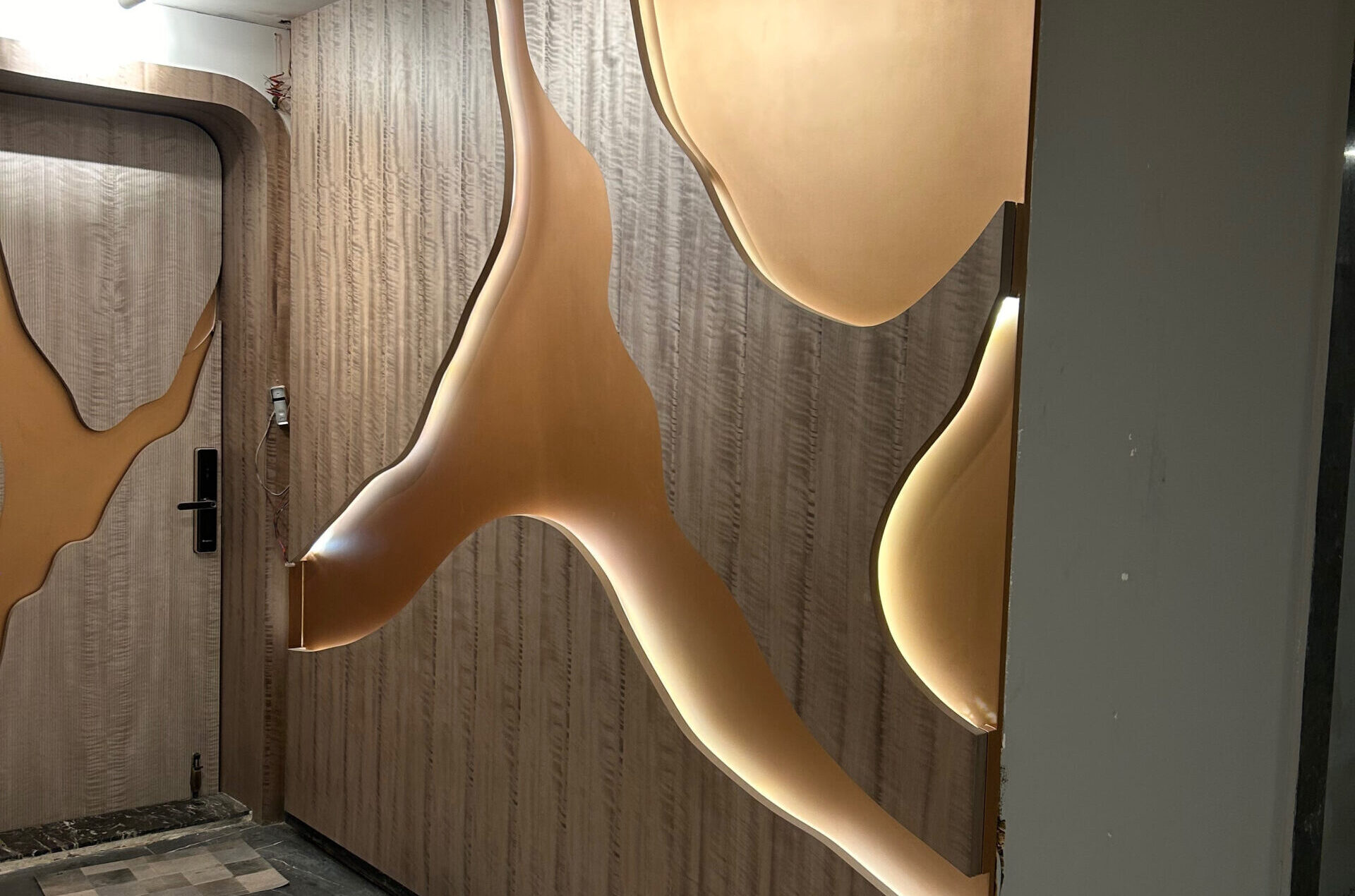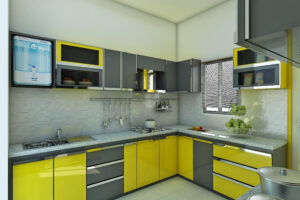When it comes to enhancing the beauty and durability of your wooden surfaces, choosing the right wood finish is crucial. At Painting Drive, we understand that each type of wood finish offers unique benefits and challenges. In this blog, we’ll compare different types of wood finishes to help you make an informed decision for your next wood polishing project.
1. Varnish
Pros:
- Durability: Varnish provides a hard, protective layer that resists scratches, heat, and moisture.
- Aesthetic Appeal: It enhances the natural grain of the wood, giving it a rich and glossy look.
- Versatility: Suitable for both indoor and outdoor use.
Cons:
- Drying Time: Varnish can take longer to dry compared to other finishes.
- Application: Requires multiple coats and careful application to avoid bubbles and streaks.
2. Polyurethane
Pros:
- Strength: Offers excellent resistance to water, chemicals, and abrasion.
- Variety: Available in both oil-based and water-based forms, offering different levels of sheen from matte to high gloss.
- Longevity: Provides long-lasting protection, especially for high-traffic areas.
Cons:
- Fumes: Oil-based polyurethane has strong fumes and requires good ventilation during application.
- Yellowing: Oil-based versions can yellow over time, altering the appearance of the wood.
Learn more: PU Polishing | Polyurethane: All You Need To Know!

3. Shellac
Pros:
- Natural: Made from natural resins, shellac is non-toxic and safe for food-contact surfaces.
- Fast Drying: Dries quickly, allowing for multiple coats in a single day.
- Easy Repair: Can be easily repaired by re-dissolving the finish and blending it with existing layers.
Cons:
- Water Sensitivity: Not as durable as other finishes when exposed to water and heat.
- Alcohol Vulnerability: Can be damaged by alcohol spills, making it less suitable for bar tops and similar surfaces.
4. Lacquer
Pros:
- Smooth Finish: Provides a smooth, high-gloss finish that enhances the wood’s appearance.
- Quick Drying: Dries quickly, making it ideal for projects that need a fast turnaround.
- Multiple Coats: Allows for multiple coats to be applied in a short period.
Cons:
- Fumes: Emits strong fumes during application, requiring good ventilation.
- Durability: Less resistant to heat and chemicals compared to varnish and polyurethane.
Learn more: Find The Best Material For Your Kitchen Cabinets!! Lamination Or Lacquered Finish

5. Oil Finishes (e.g., Tung Oil, Linseed Oil)
Pros:
- Natural Look: Penetrates the wood, providing a natural, low-sheen finish that enhances the wood’s grain.
- Easy Application: Simple to apply with a cloth, requiring minimal tools and expertise.
- Repairability: Easy to maintain and repair, as scratches can be fixed by reapplying oil.
Cons:
- Protection: Offers less protection against scratches and moisture compared to synthetic finishes.
- Drying Time: Can take longer to dry and may require multiple applications for best results.
6. Wax
Pros:
- Soft Sheen: Provides a soft, satin finish that feels smooth to the touch.
- Simple Application: Easy to apply and buff, making it ideal for DIY projects.
- Repair: Simple to reapply and repair minor damage.
Cons:
- Durability: Less durable than other finishes, requiring frequent reapplication.
- Water Resistance: Offers minimal protection against water and heat.
Also read: Types Of Wood Polish | Different Types Of Polish For Wooden Surface
Conclusion
Choosing the right wood finish depends on your specific needs and preferences. Whether you prioritize durability, aesthetic appeal, or ease of application, there’s a wood finish that’s perfect for your project. At Painting Drive, our experts are here to help you select and apply the best finish for your wooden surfaces, ensuring they look beautiful and last for years to come.
For professional wood polishing services, contact Painting Drive today and let us help you bring out the best in your woodwork!




